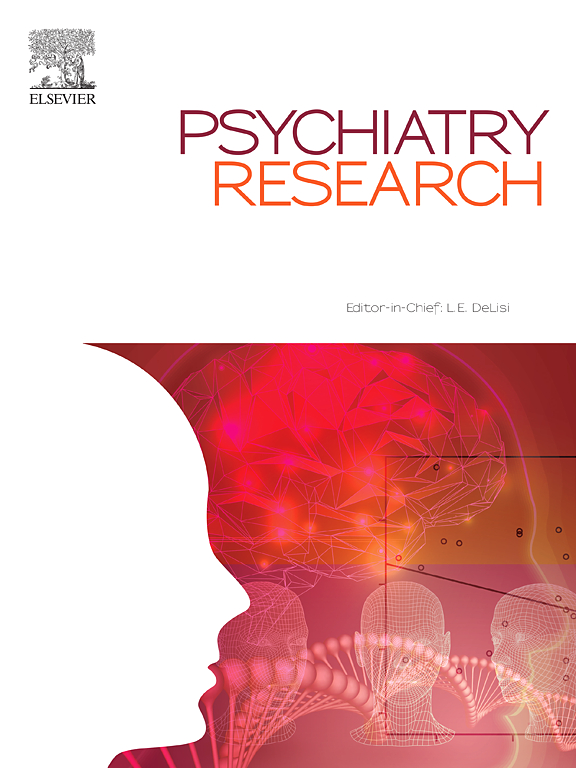焦虑青少年的邻里机会和对心理治疗的反应。
IF 4.2
2区 医学
Q1 PSYCHIATRY
引用次数: 0
摘要
本文章由计算机程序翻译,如有差异,请以英文原文为准。
Neighborhood opportunity and response to psychotherapy in anxious youth
Early adversity is a well-documented risk factor for anxiety disorders in youth; few studies, however, have examined how exposure to adversity influences treatment outcomes. Emerging research suggests that systemic inequities can affect the efficacy of frontline psychotherapies. The effects of structural disadvantage and, in particular, neighborhood-level features on treatment outcomes for pediatric anxiety are largely under-studied. The current study aimed to examine the impact of neighborhood opportunity on children's response to cognitive behavioral therapy (CBT). A total of 202 youth aged 8–17 years (Mage = 12.030, 56 % F) with a diagnosed anxiety disorder completed 8–12 weeks of exposure-based CBT. Neighborhood disadvantage was quantified using the Child Opportunity Index (COI), and treatment response was measured via the Pediatric Anxiety Rating Scale (PARS) at baseline, post-treatment, and a 6-month follow-up assessment. Following treatment, anxious youth exhibited a significant 31.523 % reduction in symptoms. Across all scoring dimensions of the COI (socioeconomic, education, and health & environment), neighborhood disadvantage did not reliably predict treatment response. These findings suggest that when provided access to high-quality, evidence-based psychotherapy, youth from lower opportunity neighborhoods achieve comparable outcomes to their more advantaged peers. Taken together with prior research, this study suggests that structural disadvantage at the neighborhood level is not a robust predictor of treatment outcomes in the context of pediatric anxiety. These findings raise the possibility that equitable access to treatment could, in certain circumstances, mitigate the negative effects of systemic neighborhood-level inequities on mental health outcomes, underscoring the importance of expanding the availability of treatment services.
求助全文
通过发布文献求助,成功后即可免费获取论文全文。
去求助
来源期刊

Psychiatry Research
医学-精神病学
CiteScore
17.40
自引率
1.80%
发文量
527
审稿时长
57 days
期刊介绍:
Psychiatry Research offers swift publication of comprehensive research reports and reviews within the field of psychiatry.
The scope of the journal encompasses:
Biochemical, physiological, neuroanatomic, genetic, neurocognitive, and psychosocial determinants of psychiatric disorders.
Diagnostic assessments of psychiatric disorders.
Evaluations that pursue hypotheses about the cause or causes of psychiatric diseases.
Evaluations of pharmacologic and non-pharmacologic psychiatric treatments.
Basic neuroscience studies related to animal or neurochemical models for psychiatric disorders.
Methodological advances, such as instrumentation, clinical scales, and assays directly applicable to psychiatric research.
 求助内容:
求助内容: 应助结果提醒方式:
应助结果提醒方式:


